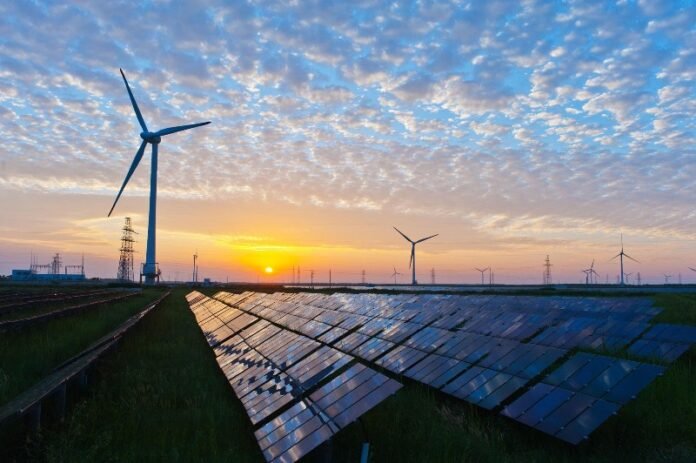Progress in electrification in Africa remains slow and uneven, the latest Afrobarometer Pan-Africa Profile shows.
The findings, based on 53,444 face-to-face interviews in 39 African countries, show that very modest gains in access and connection still leave a majority of households without reliable electricity.
While experiences vary dramatically by country, on average, fewer than half of households enjoy a reliable supply of electricity. Rural and poor households are particularly disadvantaged – with regard not only to access and connection, but also to service quality.
Overall, fewer than half of Africans are satisfied with their government’s performance on electricity provision.
Afrobarometer survey
Afrobarometer is a pan-African, non-partisan survey research network that provides reliable data on African experiences and evaluations of democracy, governance, and quality of life. Nine survey rounds in up to 42 countries have been completed since 1999. Round 9 surveys (2021/2023) cover 39 countries.
Afrobarometer’s national partners conduct face-to-face interviews in the language of the respondent’s choice that yield country-level results with margins of error of +/-2 to +/-3 percentage points at a 95% confidence level.
Key findings
On average across 39 countries, about two-thirds (68%) of Africans live in enumeration areas (EAs) served by an electric grid, ranging from just 29% in Madagascar to 100% in Tunisia and Seychelles (Figure 1).
Six in 10 households (60%) are actually connected to an electric grid. Citizens in Seychelles and Mauritius enjoy universal coverage, but fewer than one-fourth of households are connected in Madagascar (22%) and Malawi (17%) (Figure 2).
Fewer than half (44%) of Africans enjoy a supply of electricity that works “most” or “all” of the time (Figure 3).
On average across 33 countries surveyed in both 2014/2015 and 2021/2023, this proportion has increased by just 4 percentage points.
Reliable electric service that works “most” or “all” the time is far more common in cities (65%) than in rural areas (24%) and increases with respondents’ economic status, ranging from 27% of the poorest households to 77% of the wealthiest (Figure 4).








